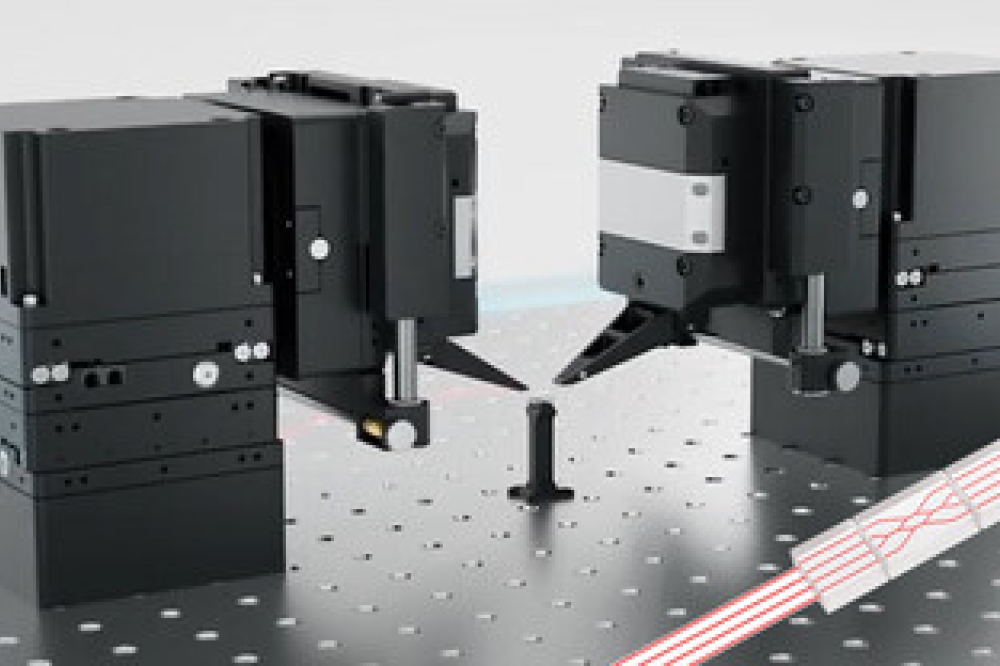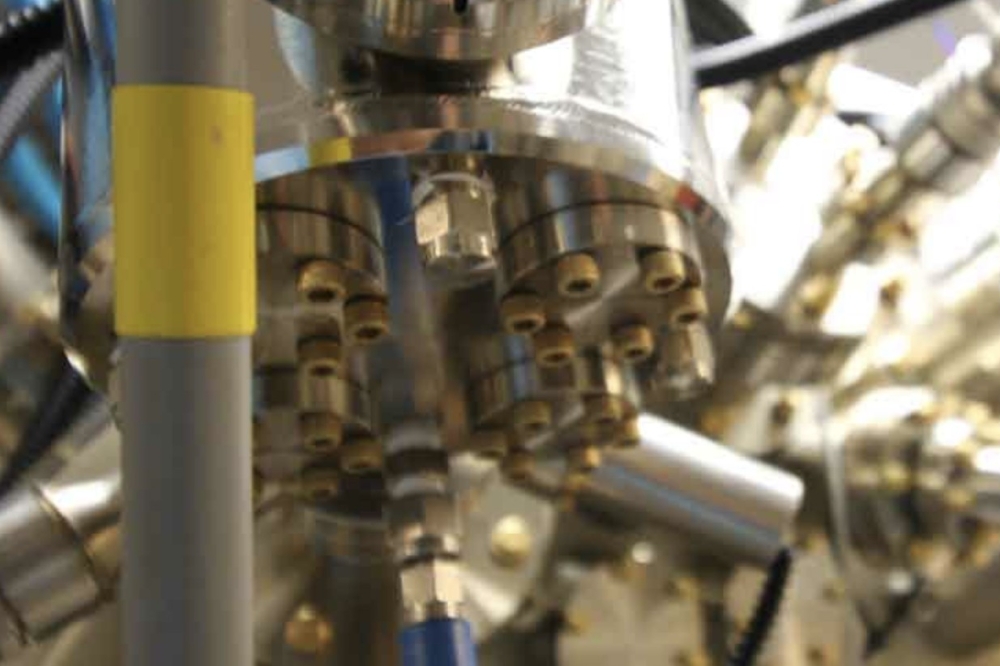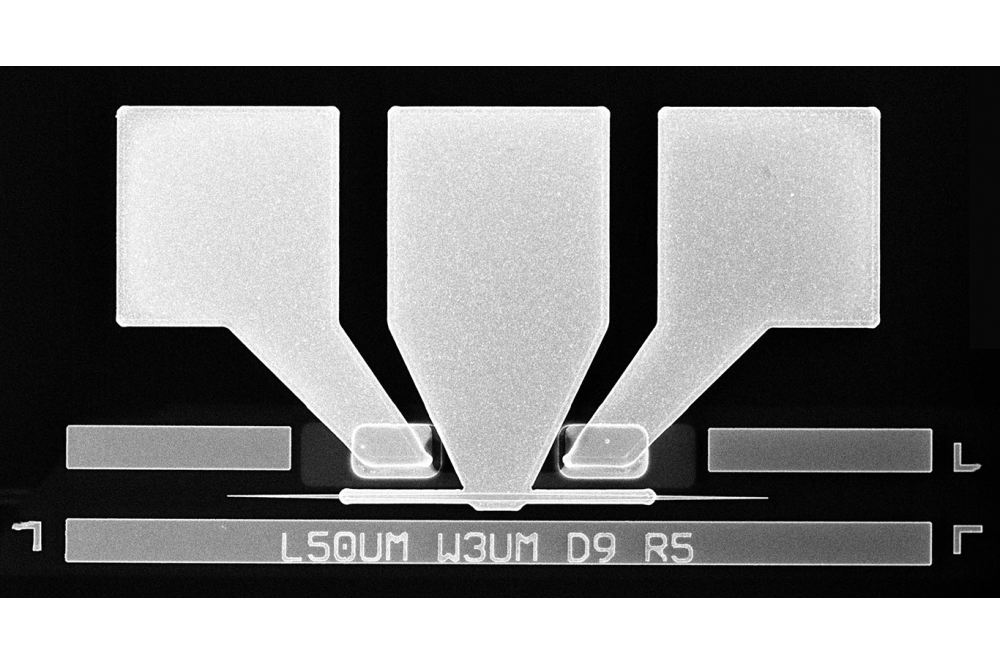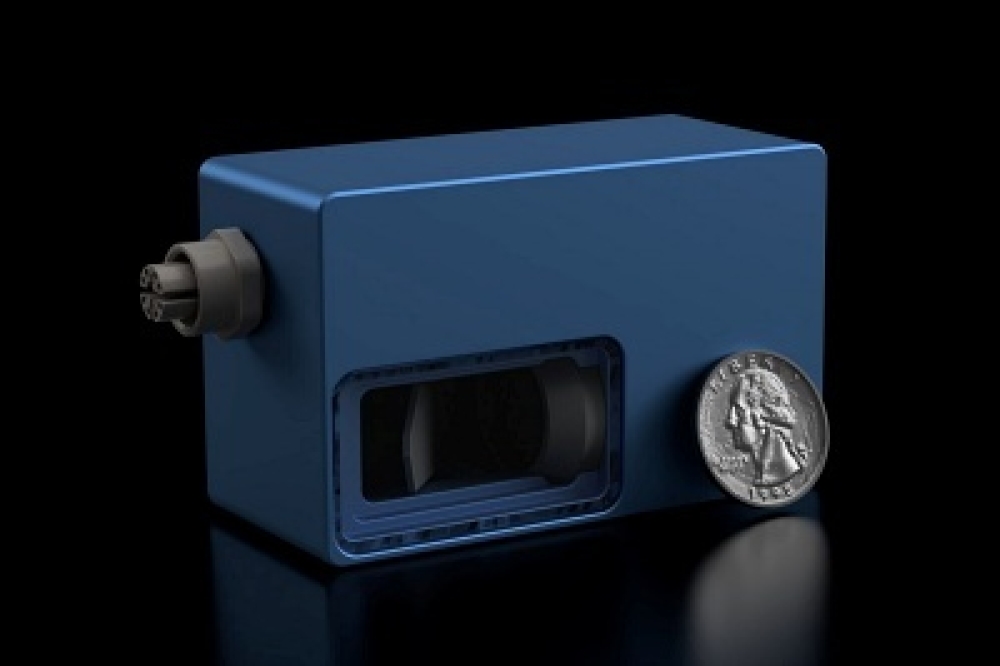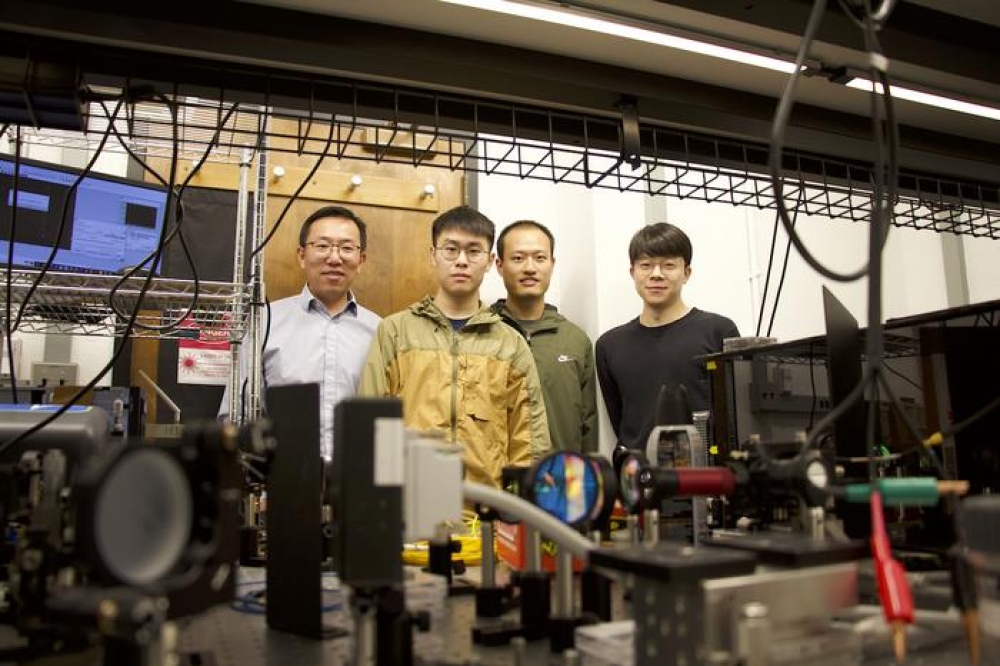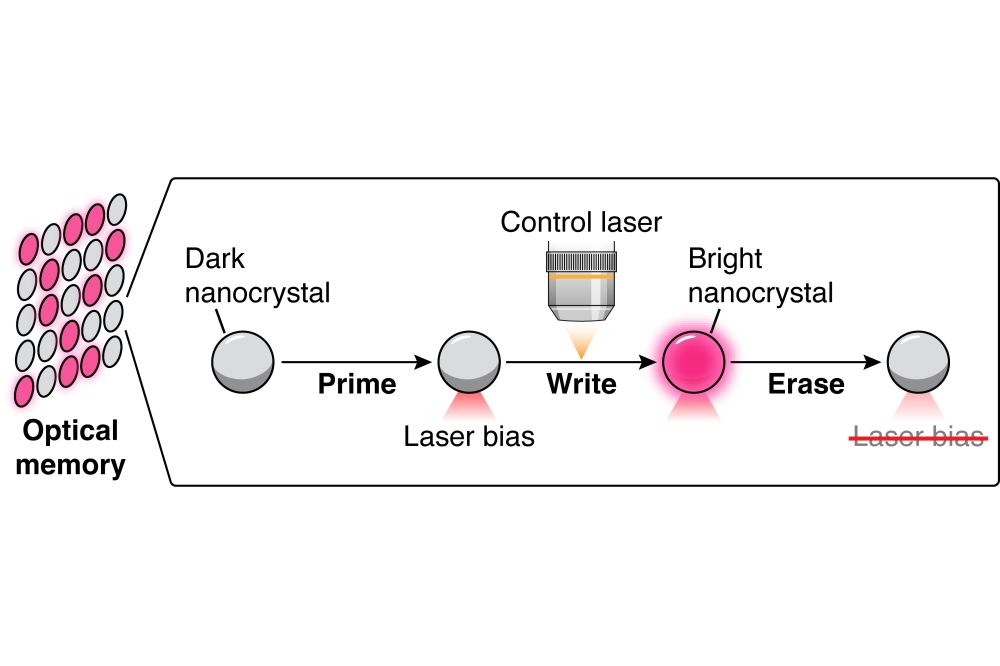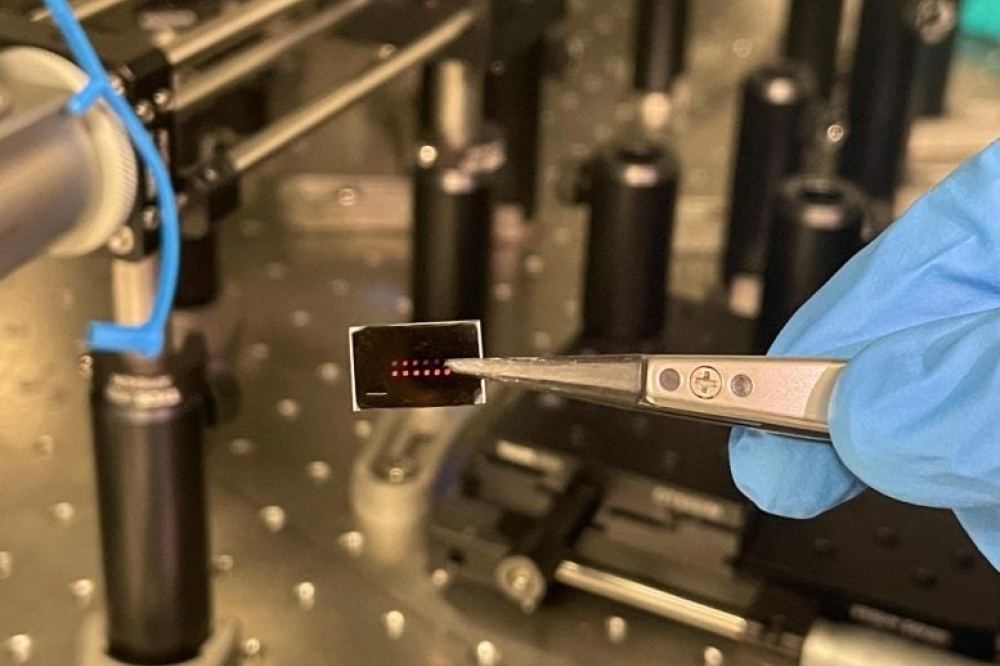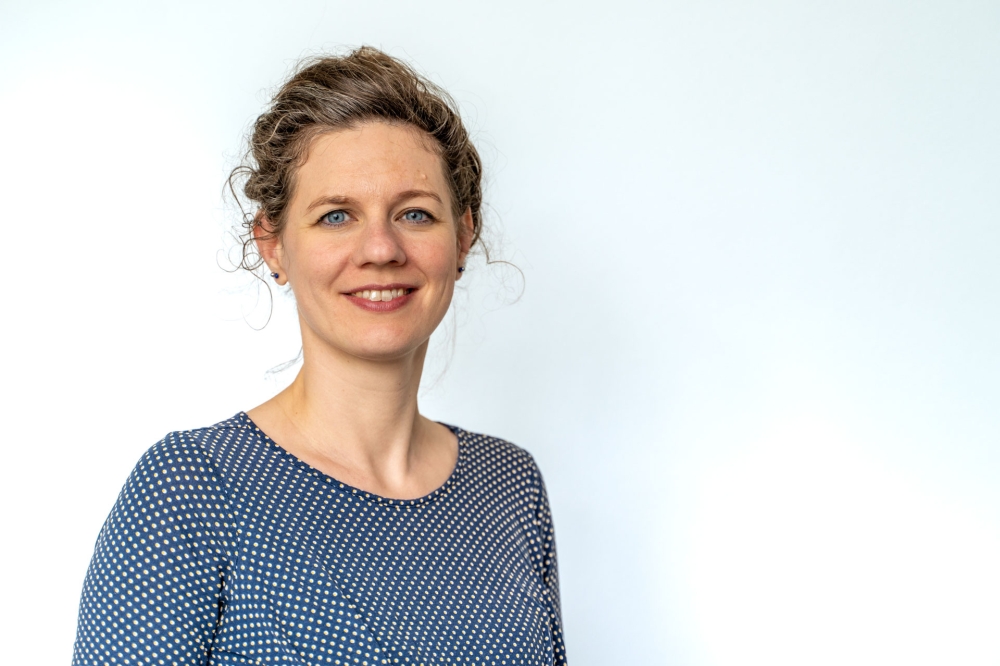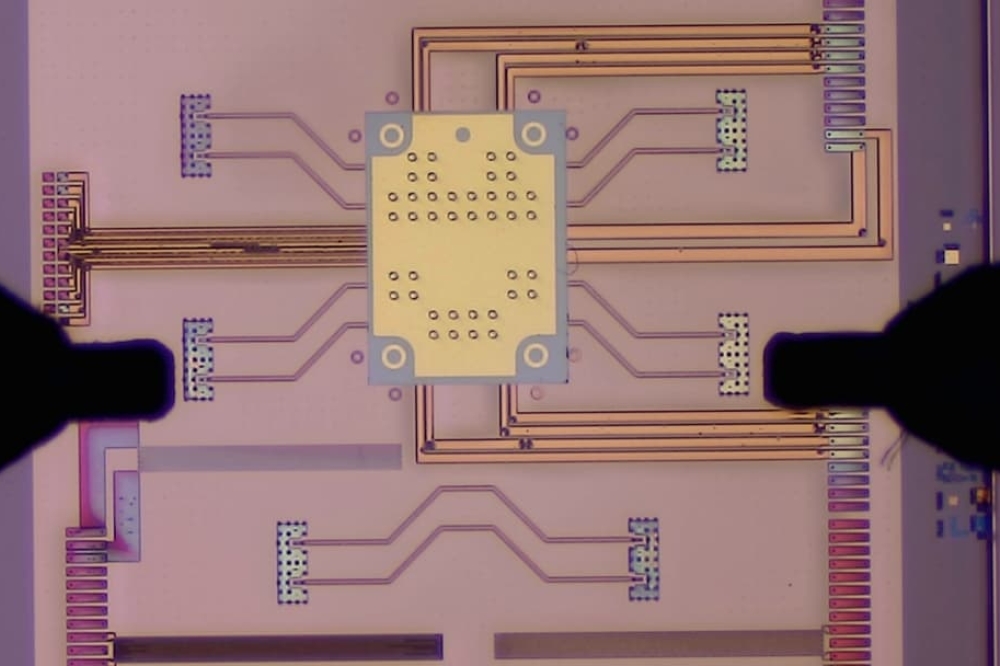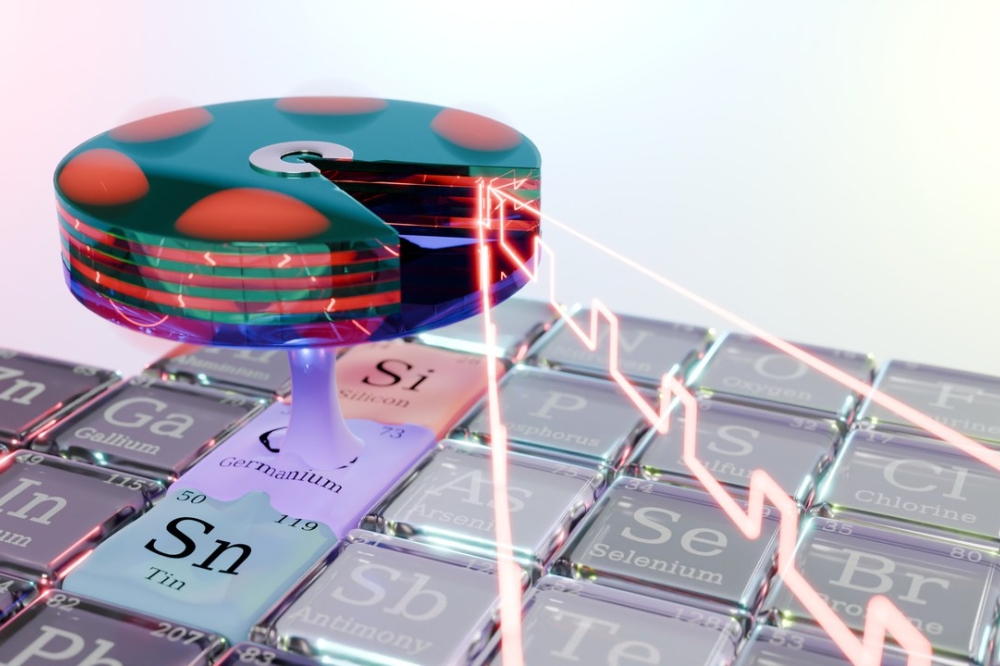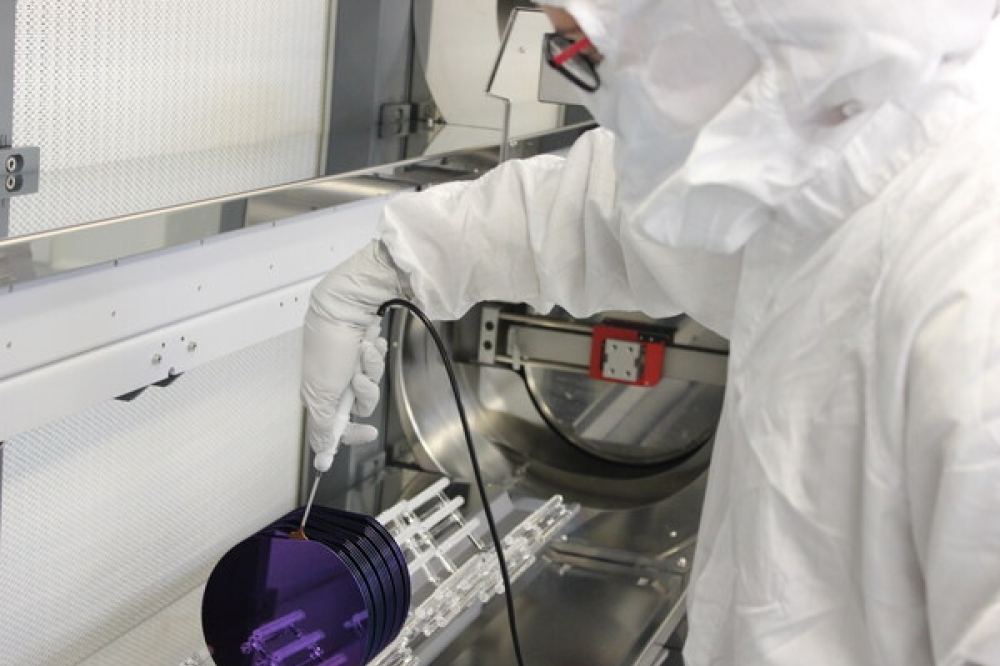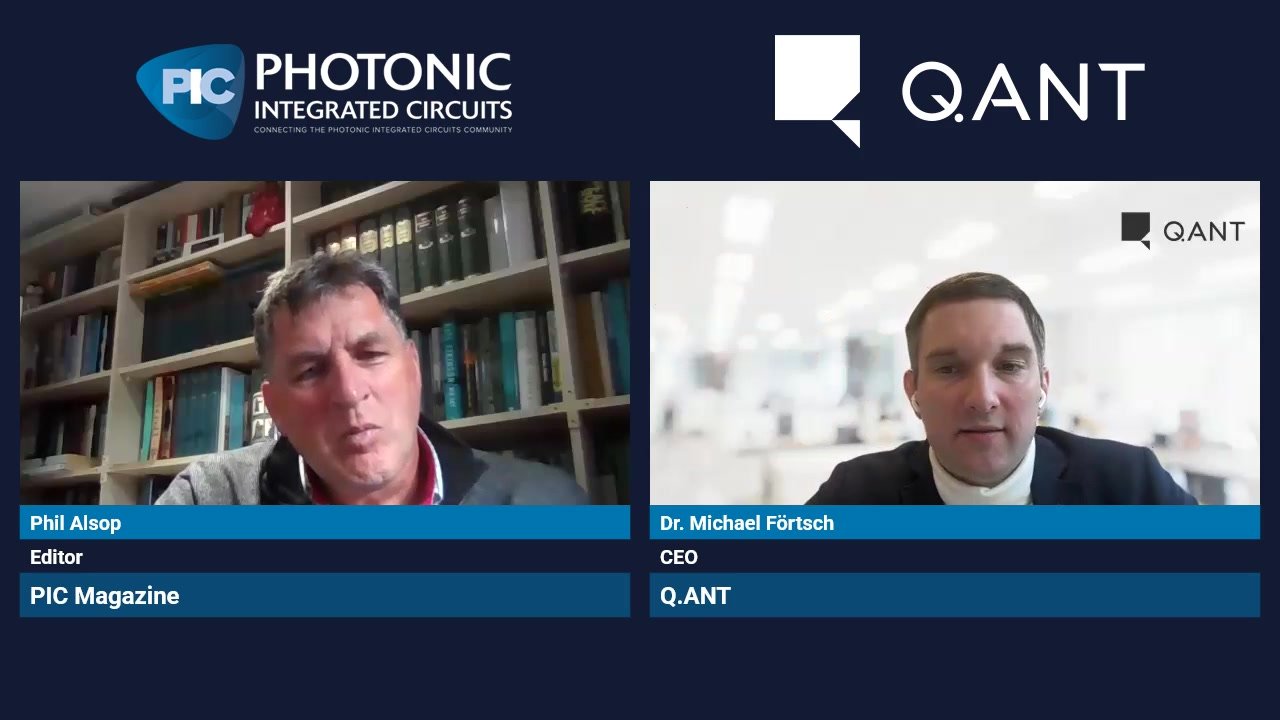Harnessing silicon fabrication technology to build quantum optical circuits
A new study by scientists from the University of Bristol brings us a significant step closer to unleashing the revolutionary potential of quantum computing by harnessing silicon fabrication technology to build complex on-chip quantum optical circuits.
Quantum computers offer an exciting new approach to solving problems that are currently intractable even on the most advanced classical supercomputers.
Building a quantum computer in the lab however has proven to be highly challenging.
Researchers at the University's Quantum Engineering Technology Labs (QET Labs) are using single particles of light, photons, to construct optical circuits that process quantum-bits (qubits) of information.
Using the same materials and fabrication facilities originally developed by the electronics industry, QET Labs have demonstrated highly complex circuits on silicon chips that can precisely process small numbers of photonic qubits. Their findings have been published in the journal Optics Express.
Although circuits can be made almost arbitrarily large it has proven difficult to generate many perfect and identical photons at the same time for processing larger amounts of quantum information.
The research team, headed by Dr Gary Sinclair and Dr Imad Faruque, set out to investigate if several parallel sources on a single silicon chip could be made to generate perfect and identical single photons.
Dr Imad Faruque said: "We demonstrated for the first time that nearly perfect single-photons can be generated from two parallel sources on the same silicon chip.
"To demonstrate this, we took photons from each source and performed a "quantum interference" experiment: the ultimate test of photon quality."
The results showed that using current techniques photons generated in multiple sources in parallel can be made up to 92 percent identical to each other, and that it should be possible to improve this even further by using the latest methods proposed.
Dr Gary Sinclair added: "Generating many identical single photons in parallel is essential if we are going to scale-up the proof-of-principle experiments currently performed in the lab into something large enough to become a practically useful computational tool.
"Our experiment has experimentally demonstrated that this is feasible for the first time. This demonstration marks a major step in quantum computing in silicon with photons and clears the way for a rapid increase in the scale of quantum computing demonstrations that are possible.
"Although our demonstration is an important step, many more hurdles remain. Our next aim is to use the latest advances in source design to demonstrate that we can generate photons that are much closer to 100 percent identical than the 92 percent demonstrated so far."
Paper:"˜On-chip quantum interference with heralded photons from two independent micro-ring resonator sources in silicon photonics' by I. Faruque, G. Sinclair, D. Bonneau, J. Rarity and M. Thompson in Optics Express
https://www.osapublishing.org/oe/abstract.cfm?uri=oe-26-16-20379



